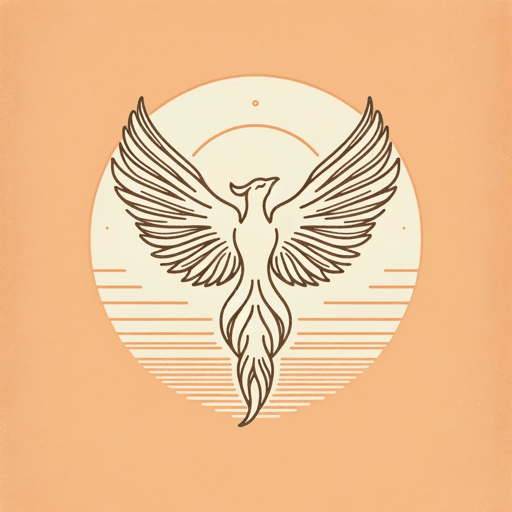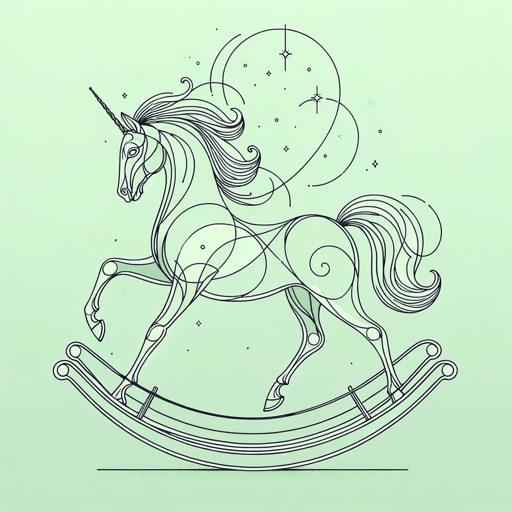58 pages • 1 hour read
D. H. LawrenceThe Rocking Horse Winner
Fiction | Short Story | Adult | Published in 1926A modern alternative to SparkNotes and CliffsNotes, SuperSummary offers high-quality Study Guides with detailed chapter summaries and analysis of major themes, characters, and more. For select classroom titles, we also provide Teaching Guides with discussion and quiz questions to prompt student engagement.
Literary Devices
Folklore: Legend, Fairy Tale, Fable
The short story blends elements of folklore, from legend to fairy tale to fable, and it opens in the manner of oral storytelling: “There was a woman who was beautiful, who started with all the advantages, yet she had no luck” (Paragraph 1). Fables, very broadly speaking, are a literary genre including simple stories—often with animal characters and fantastical elements—that convey a moral, and Lawrence’s fable plainly concerns the consequences of avarice. Fairy tale elements, on the other hand, appear wherever there is the suggestion of the supernatural—enchanted horses, whispering houses, prophetic insights.
Among the most important folkloric qualities is how the basic elements of a quest legend dominate the structure of the story: A youthful knight riding a horse seeks to rescue a beautiful, imprisoned woman. His quest succeeds, but the final act leads to his death. This plot also mocks the “tragic action” defined in Aristotle’s Poetics with a recognition, the knowing of the winning horse’s name, Malabar, and the subsequent reversal, the death of the protagonist, the deliverer, pathetic rather than heroic (see “Irony” below).
Related Titles
By D. H. Lawrence

Daughters of the Vicar
D. H. Lawrence

Lady Chatterley's Lover
D. H. Lawrence

Odour of Chrysanthemums
D. H. Lawrence

Sons and Lovers
D. H. Lawrence

The Blind Man
D. H. Lawrence

The Horse Dealer's Daughter
D. H. Lawrence

The Lost Girl
D. H. Lawrence

The Prussian Officer
D. H. Lawrence

The Rainbow
D. H. Lawrence

Whales Weep Not!
D. H. Lawrence

Women In Love
D. H. Lawrence

